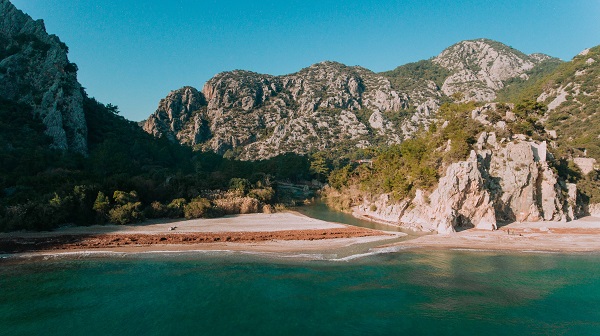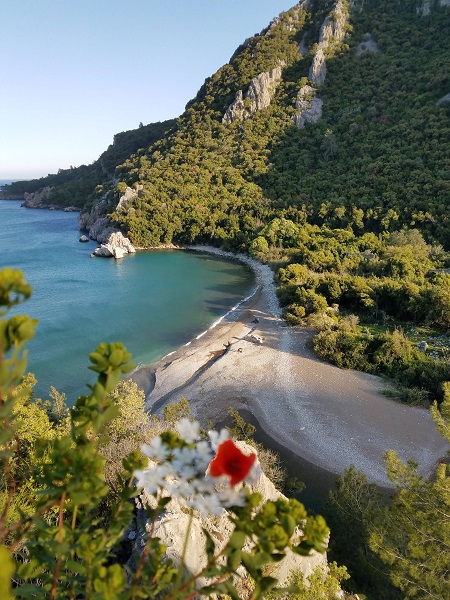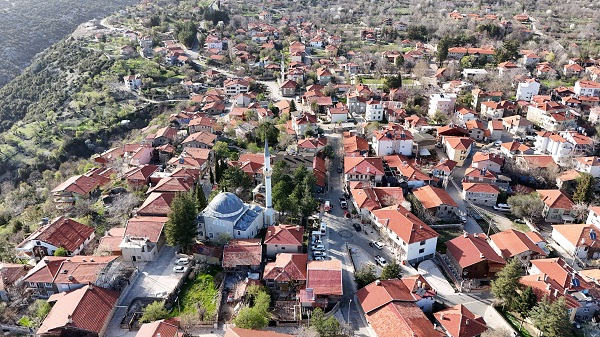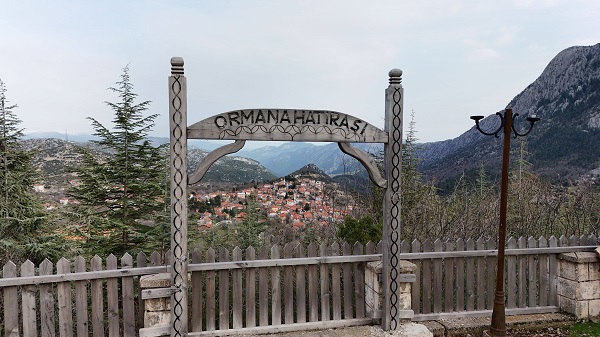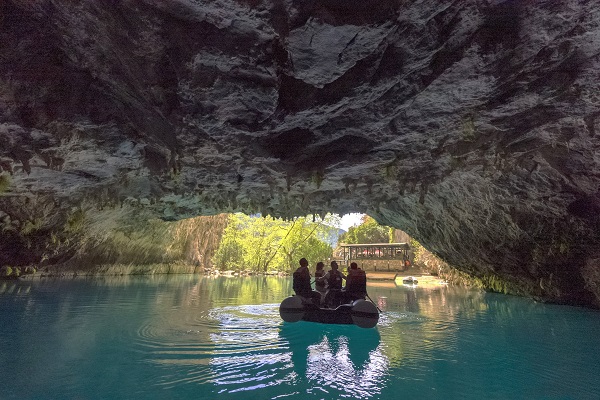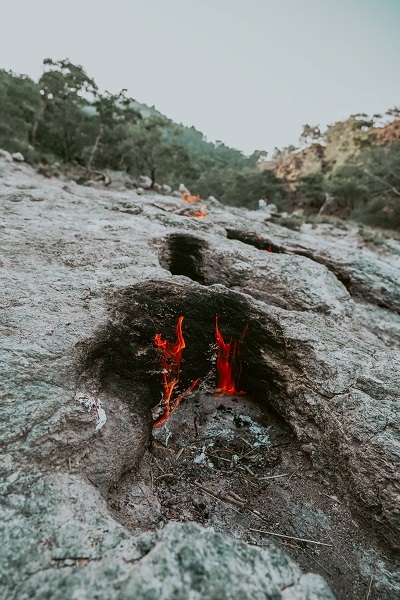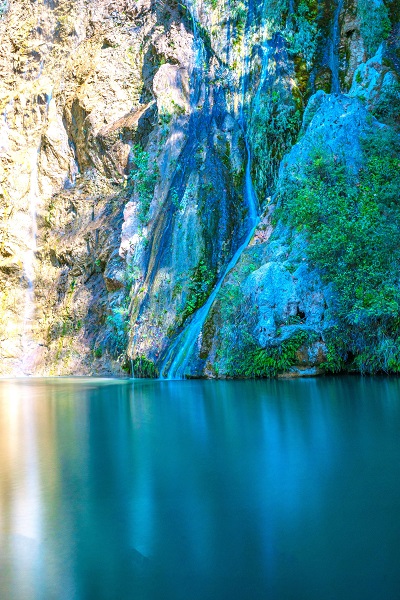Antalya, the beautiful city of the Turkish Riviera, is one of the best year-round leisure destinations with its mild temperature, stunning coastline, ancient towns, and world-class resorts. However, beyond these well-trodden spots lie some truly paradisical, lesser-known destinations that will surprise and delight even the most seasoned travellers. These hidden gems provide great opportunities to uniquely experience nature, culture, and history and discover a completely different side of Antalya. Here are the city’s most amazing undiscovered locales.
Ormana Village: Vernacular Architecture at its Best
Ormana, an old “Yörük” (nomadic) village in the Taurus Mountains’ foothills, is one of Antalya’s hidden gems. Recognised on the“2024 World’s Best Tourism Villages” list by UN Tourism, this small village is a corner of heaven, with its landscapes of lush greens, vivid blues, and nostalgic ambience. Ormana is a great place to have a rare glimpse into authentic Turkish rural life. The village is known for its button houses, which were built using only stones and cedar wood without masonry mortar. These Ottoman-era homes are remarkable examples of vernacular architecture, highlighting the region’s centuries-old craftsmanship and a sustainable lifestyle in harmony with nature. The village is also famous for its vineyards, where the fertile lands meet traditional cultivation to produce local grapes of remarkable flavour. The town even holds a festival for nearly 60 years to celebrate “çavuş” grapes every September.
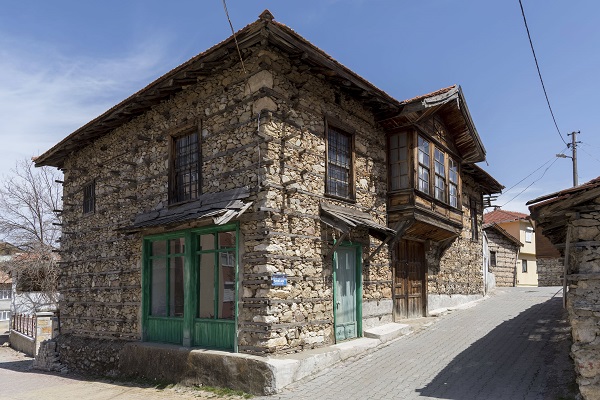
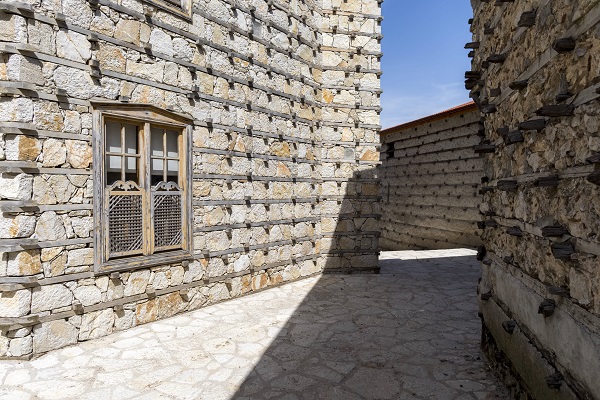
Altınbeşik Cave: Otherworldly Geological Marvel
Altınbeşik Cave, located in Ürünlü village, is one of Türkiye’s unparalleled natural wonders, yet it remains under the radar. The cave, a part of Altınbeşik National Park, on the outskirts of Taurus, is home to Türkiye’s largest subterranean lake and features jaw-dropping stalactites, stalagmites and ice-like travertines. Visitors can take a boat tour inside the cave to explore the mesmerising atmosphere, with mineral formations, clear water and natural light effects. They can also hike around the cave and discover the natural beauty of the National Park, housing 605 plant species, including endemic species, and rich wildlife.
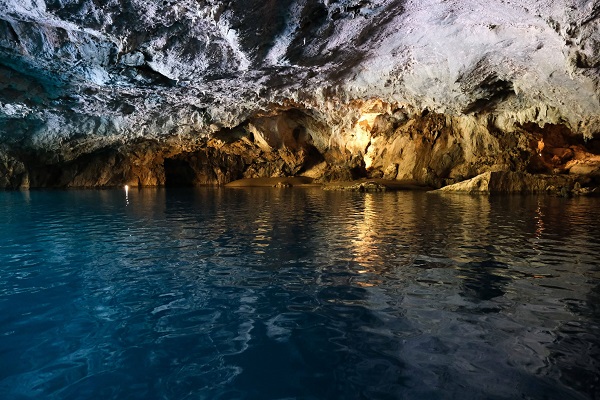
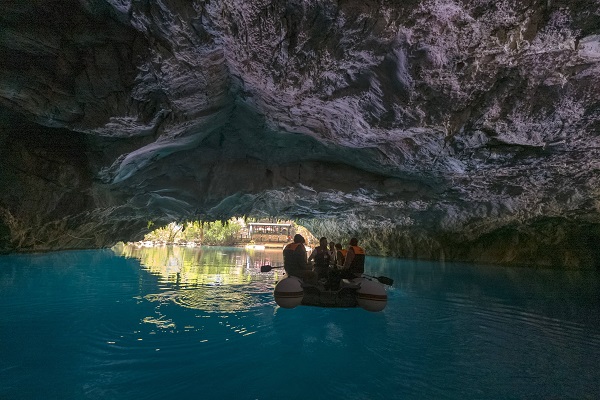
Chimera: Fantastic Natural Phenomenon
Chimera, the site of burning rocks, one of Türkiye’s most intriguing natural phenomena, can be easily reached after a 30-minute hike uphill through beautiful scenery in the Çıralı settlement,known for its beach where Caretta carettas lay their eggs. The methane gas emerging from the ground meets the atmosphere, causing flames that never cease. These rocks are part of the Olympos Beydağları National Park, an area of Mediterranean beauty where the myths feel closer to reality. According to the legend, the hero Bellerophon, aided by the winged horse Pegasus, slayed Chimera, a fire-breathing monster with three heads, turning it into a rock here. This is why the eternal flames of Chimera are believed to be the remnants of this beast’s fire, and the site is also called Chimera. Although Chimera is a surreal sight, especially after sundown, the neighbouring ancient city of Olympos, within the national park, is also awe-inspiring. Dating back to the 3rd century BCE, the site at the famous Olympos Beach offers a window into bygone life in Lycia with its impressive remains.
Uçansu Waterfalls: Hidden Oasis on St. Paul Route
The Uçansu Waterfalls, 60 kilometres from Belek, Antalya’s popular luxury golfing destination, are also a hidden paradise. The water coming from Mount Taurus slowly cascades into the greens in two waterfalls, each from a height of 25-30 metres. Reaching these waterfalls requires an uphill hike that lasts approximately one hour. However, visitors are rewarded with stunning views at the summit. A smaller natural pool is also known as the King’s Pool here. Uçansu Waterfalls are a part of the St. Paul Way, Türkiye’s second-longest hiking trail. Following the traces of St. Paul, a prominent missionary of Early Christianity, the trail offers hikers the chance to explore ancient ruins, traditional villages, and pristine natural environments. ///nCa, 6 May 2025 (in cooperation with the Embassy of Türkiye to Turkmenistan)
